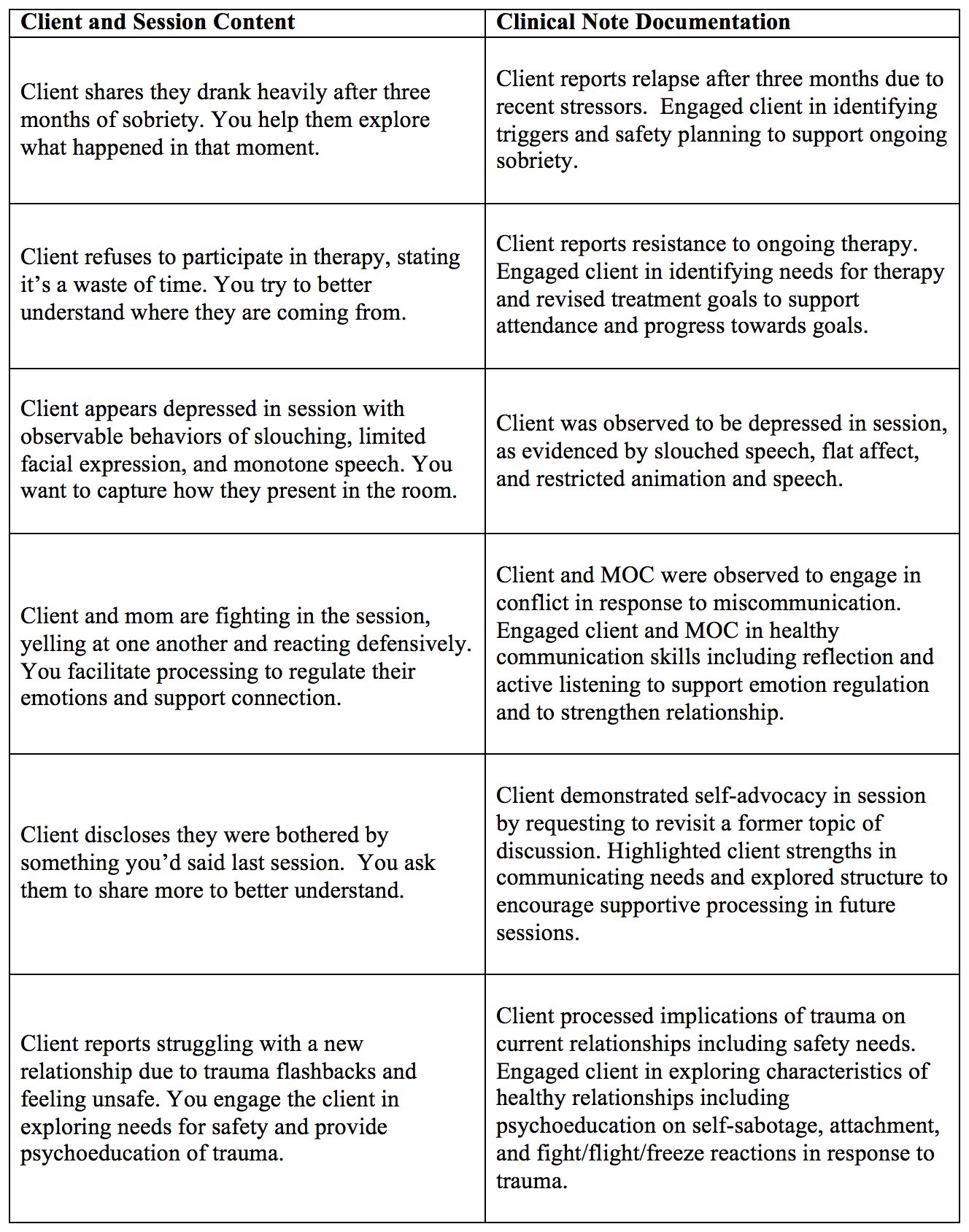Courtesy of Canva.com
As an author having just submitted my sixth book to a publisher, I’m being asked the question of “what’s your process?” What makes it possible to write and launch one book a year, as I’ve done since 2019? Although there is no ‘one way’ to do it, I have learned a couple things that work for me and could work for others too!
Tip 1: Identify the gift your book gives others
Most of us start with a book idea. Perhaps it came to you at 4am or while talking to a close colleague. Maybe you realized from your client work that you have a message to share with a broader audience. Similar to a TEDx talk, asking yourself “what is the message worth spreading” can help you get clear on why you want to write this book in the first place. Identifying your gift also reinforces the bigger vision and audience of your book, which comes in handy as you decide to either self-publish or pitch your work to a publishing company.
As an example, let’s take a look at the ideas behind my books over the years:
1) The Empowerment Model of Clinical Supervision (2019)-- introduced a new model of clinical supervision for mental health leaders.
2) Perfectioneur: From Workaholic to Well-Balanced (2020) (English, Spanish, and Workbook)--offered 22 concrete tools to support driven professionals who struggle with self-care or burnout.
3) Helpers with Hashimoto’s (2021)--explored an idea that professional helpers are more suspetible to thyroid conditions due to compassion fatigue, trauma, chronic stress, and the desire to help others at the risk of their own health.
4) Estrangement Energy (2022, coming soon)—identified a clinical gap in representation of adult women who make the difficult choice to estrange from their mothers.
Tip 2: Create a book outline
I know, I know, this is reminiscent of high school English class where we groaned at the extra work of an outline. However, an outline helps you organize themes or concepts you want to highlight within your book by making them into chapters, allowing an easier flow to your writing. An outline serves as a roadmap to your writing process while taking readers on a journey with a cohesive beginning, middle and end.
Tip 3: Set a time to write, preferably daily
This can feel daunting but necessary. As a new mom in 2022, I knew if I didn’t carve out the time (after putting baby to bed) the book wouldn’t be written within the deadline that was set. Think about a 1-2 hour chunk of time at most. I gave myself weekend nights off to rest my brain, but felt it was important to at least revisit what I last wrote or complete a few sentences every night to keep a sense of momentum. Consider designating a place to write in order to condition your body to recognize that being in that space means it’s time to focus and get to work!
Tip 4: Embrace strategies for writer’s block
When feeling stuck in your writing, consider any of the following strategies:
1) Revisit what you wrote and revise as desired. Sometimes just re-reading a section gives you a new idea or helps flush out a concept that previously had you feeling stuck.
2) Brainstorm with a family member, friend or colleague to see what they’d want to know about your topic. This is immensely helpful in adding more content to your book or outline.
3) Read other books on the subject to generate ideas and/or formulate possible new perspectives regarding their content. You may have a different spin or perspective to offer in your own book that is revealed by reading what others have to say.
4) Pace as you brainstorm. The movement helps get creative juices flowing.
5) Sleep on it and take notes if you wake up with a new idea, allowing yourself to capture the idea before resuming your sleep cycle.
Tip 5: Talk about your book
Just the act of talking about what you are writing can hold you accountable to getting the book done because sharing it with others keeps it fresh in your mind. Not only can talking about it keep you emotionally invested in your writing, it can help you identify a list of folks who want to know when the book is published because they’re excited to read it!
So there you have it! Five tips that have worked for me as a published author who averages one new book a year. Additionally, check out my on-demand self-paced course Professional & Published, which takes you through the process of writing, publishing, and marketing your first book. I hope these tips can help you on your journey to becoming a published author!




